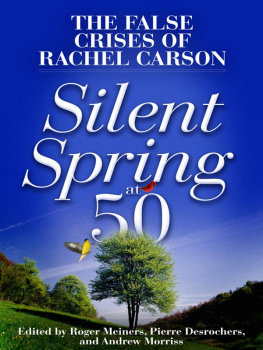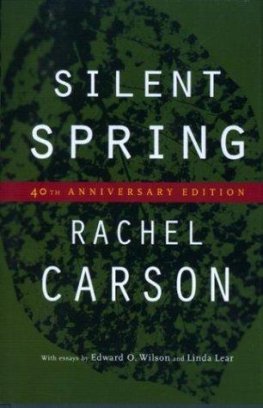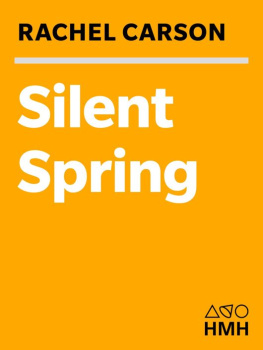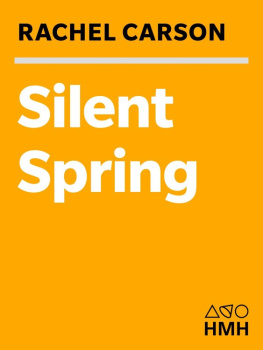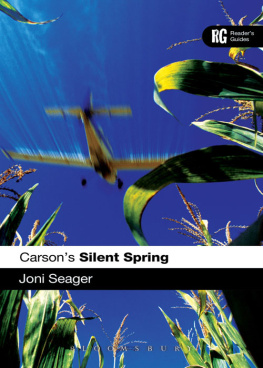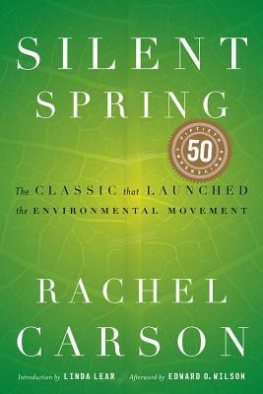
Silent
Spring
at
THE FALSE
CRISES OF
RACHEL CARSON

Silent
Spring
at
Edited by Roger Meiners, Pierre Desrochers,
and Andrew Morriss
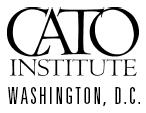
Copyright 2012 by Cato Institute.
All rights reserved.
Library of Congress Cataloging-in-Publication Data
Silent spring at 50: The False Crises of Rachel Carson / edited By Roger Meiners, Pierre Desrochers, and Andrew Morriss.
p. cm.
Includes bibliographical references.
ISBN 978-1-937184-19-3 (hardback : alk. paper)
1. Carson, Rachel, 1907-1964. Silent spring. 2. Pesticides--Environmental aspects. 3. Pesticides--Toxicology. 4. Pesticides and wildlife. 5. Insect pests--Biological control. I. Meiners, Roger E. II. Desrochers, Pierre, 1969- III. Morriss, Andrew P., 1960
QH545.P4C386 2012
363.7384dc23 2012026669
Cover design by Jon Meyers.
Printed in the United States of America.
CATO INSTITUTE
1000 Massachusetts Ave., N.W.
Washington, D.C. 20001
www.cato.org
Contents
Roger Meiners, Pierre Desrochers, and Andrew Morriss
Rachel Carsons Silent Spring, the book widely credited with launching the modern environmental movement, turned 50 in 2012. The book sparked controversy at its inception. It was serialized in the New Yorker a few months before the launch of its first 40,000-copy run, and that was soon followed by an order for 150,000 copies by the Book-of-the-Month Club. Some praised its clear writing on technical topics and calls for major changes in how the world used man-made chemicals. Others attacked it as misrepresenting science.
Because of its profound impact on American popular culture, Silent Spring quickly became more than just a book. President John F. Kennedy commented positively on it and asked his Science Advisory Committee to examine issues it raised. CBS produced a favorable special program, The Silent Spring of Rachel Carson, in 1963. That attention helped lead to creation of a Senate subcommittee before which Carson testified. Her death from cancer in 1964 further enhanced her mystique and that of her book. Today, SilentSpring remains an important document in our intellectual, environmental, and political histories. Its 50th anniversary is a fitting time to reassess its legacy.
Silent Spring and Rachel Carson are much remembered in 2012, and rightly so. The runaway best-seller captured something quite important about America in 1962, and its author is hailed as one of the great nonfiction writers of our time. Indeed, Silent Spring has now achieved something of an iconic status that generally shields it from sustained critical inquiries. This book attempts to fill this void by looking at the legacy of Silent Spring from a variety of viewpoints. We asked the authors who contributed chapters to this volume to assess Silent Spring with the benefit of 50 years distance. Our objectives as editors were to put the book into the context of its time, evaluate how the science it was built upon has held up, and examine the policy consequences of its core ideas. Some conclusions reached by our contributing authors might surprise those who have not recently read Silent Spring or who know of it only from its general reputation.
Part I of the book has three chapters that put Silent Spring into its historical context. Environmental activist, author, English professor, and property developer Wallace Kaufman relates Silent Spring to the larger intellectual story of Carsons life in . He asks why this book caught America by storm, but similar books published at the time did not. Kaufman uses his own environmental awakening to connect Carsons prior books on the sea with Silent Spring and makes informed guesses as to her unequalled capacity to reach ordinary Americans. He also shows how Silent Spring differed from Carsons celebration of the natural world in her earlier writings through the despair, anger, and urgency that emanates from most of its pages. Moreover, Kaufman explores Carsons long interest in the subject of pesticides, contradicting the widely held belief that she came to the subject only in the late 1950s.
In , Pierre Desrochers and Hiroko Shimizu put Carson into the context of a long tradition of authors who warned against human hubris in environmental matters. Silent Spring was an environmental blockbuster in its day, but it was not alone. Consumer activists, along with advocates of organic farming and population control, had long been concerned by the threats to human health posed by synthetic chemicals and the environmental impact of a rapidly growing population. Other books echoed many of the same themes as Carson; some sold well, but others did not. Understanding how these ideas were already a significant part of the marketplace of ideas helps us see why Carsons more fluid prose was able to capture the publics attention. Their analysis suggests Silent Spring was less ground-breaking than it is now typically thought to have been, and they identify Carsons most important contribution as her ability to reach out to a broad audience rather than the originality of her ideas.
Economist Robert Nelson then situates Silent Spring in the contest between environmentalism and economics to define Americas civic religion. The book emerged at a time when the gospel of progress and efficiency had long been dominant. Tracing this economic religion back to the Progressive Eras faith that greater material progress could transform the world into heaven on earth, Nelson puts Carsons views into the context of the growing movement in the 1950s that sought to reject this as heresy. Carson helped focus attention on the dangers inherent in mans efforts to dominate nature by using popular science to reframe a traditional Protestant message of mankind in a fallen world. Her role in this larger struggle helps explain both the books remarkable staying power with the public and some problems for it caused by later scientific advances.
Part II of this volume provides a different set of perspectives on Silent Spring: how does it relate to the science and politics of the time in which it was written? In Chapter 5, Desrochers and Shimizu return to consider the evidence then available on a key issue. The central metaphor of Silent Springa town where no birds sang rested on the impact of synthetic pesticide use on bird populations. But were bird populations in imminent danger of collapsing in the early 1960s? Carson was intimately involved with the Audubon Society, so she had to know of its bird count data. Yet, as the authors show, she ignored information that directly contradicted her claims about birds being decimated by pesticides.
In , Roger Meiners notes that a major reason for the books impact on the public was the frightening vision it portrayed of increases in cancers from man-made chemical exposure. He finds that Carson neglected to make key statistical adjustments for population age and tobacco use. After making the proper statistical and logical adjustments, he notes the rise in cancer rates that so alarmed SilentSprings readers disappears. Despite her reputation as a careful writer widely praised for building her arguments on science and facts, Carsons bestseller contained significant errors and sins of omission.
Next page
